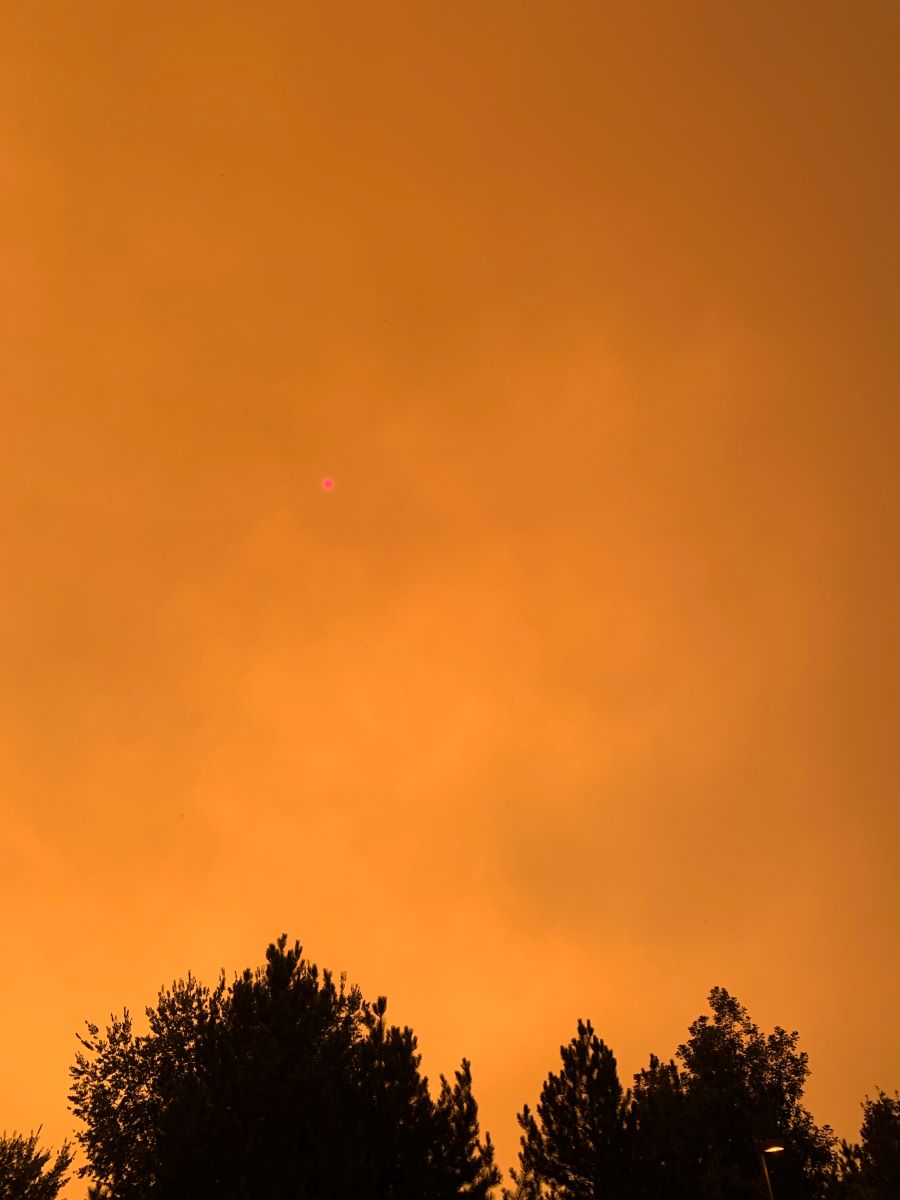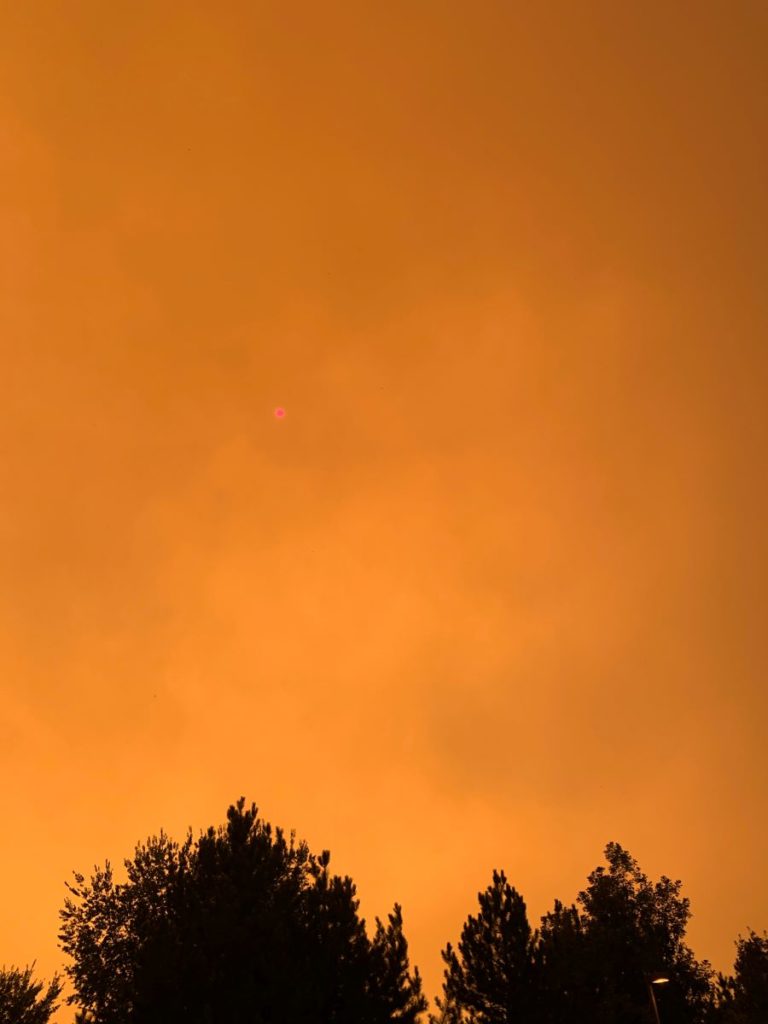
Photo Credit: Kirk Wilkinson
There are currently numerous wildfires burning across Colorado, including the Cameron Peak fire in Larimer County. These fires have burned hundreds of thousands of acres and affected air quality across the state. In this blog post we are going to be talking about what causes these massive wildfires and whether all fires are bad.
Fire management for most of the last 100 years, after Euro-American settlement in the late 1800s, has involved rapid suppression of all forest fires. Without regular fires thinning out vegetation, the result is an increase of tree density and change to the forest composition. The increased forest density is a major factor that has contributed to the severity of wildfires across Colorado and other Southwestern states.
Another contributing factor is increased temperatures which led to an increase in pine beetle populations. Pine beetles are a native insect species that rely on pine trees for food and shelter and have had a major impact on Colorado forests in recent years.
When these two factors combine with variable weather patterns and increased drought the recipe for a disastrous wildfire is complete.
However, not all forest fires are bad or result in such a large blaze. Prescribed burning is the process of intentionally setting fires to help prevent a larger fire from happening down the road. These fires are usually started by forest management agencies and are closely monitored and managed by trained professionals. Not only do prescribed burns help to limit future fire activity but they can help the overall health of the ecosystem as well. Fire can help certain pine tree cones open and promote seed germination, limit understory growth, and release nutrients from decaying matter into the soil.
For more information about how fires can positively impact ecosystems check out this video from the Nature Conservancy. If you’re interested in completing an activity regarding the benefits of fire check out the Fighting Fire with Fire activity for 6-8th graders from the Nature Conservancy. You can also check out this Living with Fire activity for all ages from Project Learning Tree.
Lastly, an overwhelming majority of wildfires are human caused, so remember to practice Leave no Trace and be aware of any current fire bans or restrictions in your area.


